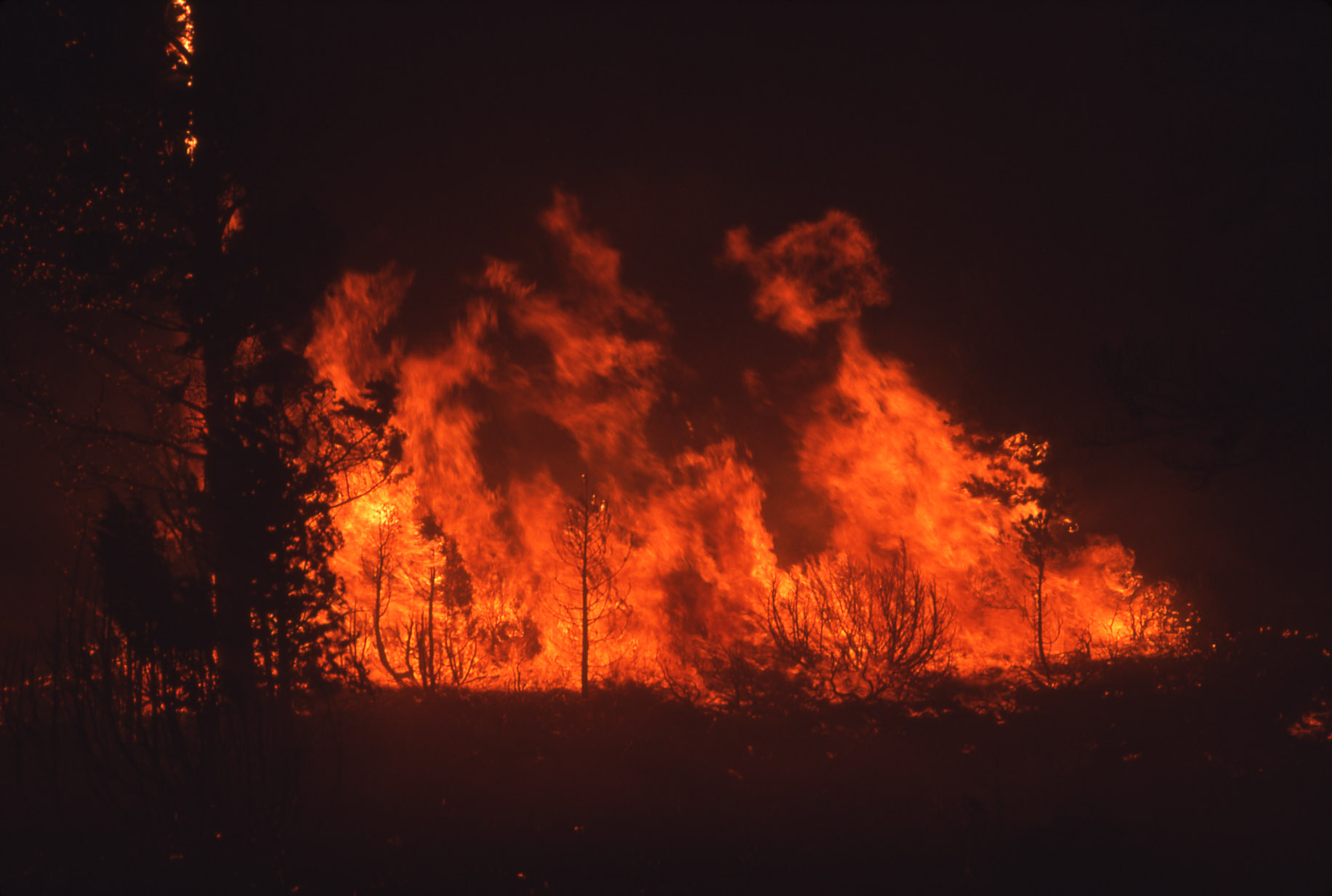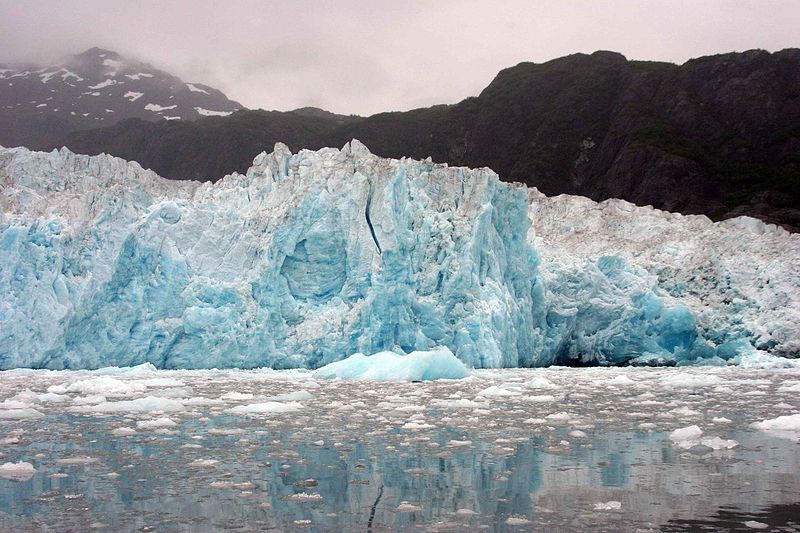


 & ICE
& ICE 

From FIRE to ICE photos above:
Night view of North Fork fire, Yellowstone National Park, September 1988; (NPS Photo by Jeff Henry)
Open channel of lava and scattered breakouts at Waikupanaha ocean entry, Kilauea, Hawaii, Nov. 15, 2009; (U.S. Geological Survey. Dept of the Interior)
Volcanic ash cloud: Manam Volcano Erupts off the Coast of Papua New Guinea (NOAA/NASA)
An iceberg in Gerlache Strait , Antarctica (NOAA/Dept. of Commerce; Rear Admiral Harley D. Nygren, NOAA Corps, ret.)
Chenega Glacier in Prince William Sound, Alaska (St Louis Julie, U.S. Fish and Wildlife Service) SPRING 2016
Note: This page is not updated after exhibit semester has ended. Suggestions & sources are often still valid & helpful, but remember to check for newer books, websites, etc.
Conceptual themes of combined 'Fire and Ice' or of 'Fire' or of 'Ice' -
"Start researching ... the scientific process of the before, during and after effects of the elements of “Fire” and “Ice”. For example, fire turns into ash; this could become a color story or a textural direction. The approach can be further expanded and evolved into a climatic direction: what causes fire and ice to develop, how to deal with the changes created by fire and ice as they affect the planet, and so on. Hence, this theme could easily move into an ecological direction where students research damage caused by fire; the lack of ice/water on the planet/ region/ locality; or where ice exists and/or what happens as it melts and the waters rise."
“Fire” - Warm... Hot... Sizzling... Fluttering... Smoky... Transparent...
“Ice” - Glacial...Mirrored...Reflective...Translucent...Tailored...
“Fire and Ice” subliminally implies a color story:
Shades of Orange into Smoky Reds
Shades of Blue Mist into Crystal Greys
Fire and Ice has been used to refer to many things –
From Revlon's Fire & Ice™ lipstick and nail enamel of the 1950s
To Iceland, the Land of Fire and Ice:
In Iceland, lying dormant for over one hundred years, the Bardarbunga volcano has recently surged back to life (2014). Aerials shot by DJI's Pahntom 3 drone.
In most cases, including Google, you’ll get better results if you search for Fire and Ice as a phrase by using quotation marks: “fire and ice”. You can also try “fire & ice” - but sometimes, the results will not be what you expect or need.
You might also try fire or ice and related terms such as -
 For fire: embers, flames, fire, fires, fire storm, burning, volcanoes, lava, ash or ashes, ash clouds, light, heat, hot, smoke, hell - and from mythology, the phoenix
For fire: embers, flames, fire, fires, fire storm, burning, volcanoes, lava, ash or ashes, ash clouds, light, heat, hot, smoke, hell - and from mythology, the phoenix
 For ice: ice, icebergs, icicles, ice storms, hail, sleet, glaciers, cold, frozen, frost, melting, water from ice, drought, floods - and the ice symbols of diamonds or places, like Antarctica
For ice: ice, icebergs, icicles, ice storms, hail, sleet, glaciers, cold, frozen, frost, melting, water from ice, drought, floods - and the ice symbols of diamonds or places, like Antarctica
But don't limit yourself to just these - the possibilities of connections and terms may be endless ...
Trend reports & forecasting for fashion.
Students must create an account and re-activate their account every 90 days: click to create or re-activate account
Locked out of your account for too many incorrect login attempts? Reset your password here.
To access WGSN Fashion login via the proxy and then with your WGSN username and password select the part of the site you wish to use from the top menu.
Use an incognito browser to access this resource.
Please login using the username and password listed under Future Snoops.
Trend reports & forecasting for fashion. Formally called “Fashion Snoops.”
Please login using the username and password listed under Future Snoops.
Users are required to create a MY FS account
Use Mozilla/Firefox, Google Chrome, and Safari
Trend reports & forecasting for fashion.
Use the password listed for Doneger
A material database with access to innovative, sustainable materials and technologies from 75+ industries.
New users may set up an account by clicking on “Log In” at the upper right corner and following the prompts.
Faculty may book class tours to visit Material Connexion. Appointments are required. Please contact Lana Bittman - lana_bittman[at]fitnyc.edu for details.
Tracking recent environmental changes, with 12 essays prepared by an international team of 72 scientists from 11 different countries and an independent peer-review organized by the Arctic Monitoring and Assessment Programme of the Arctic Council. See http://www.arctic.noaa.gov/reportcard
Try these other guides for more but remember, you can always ask us for help!